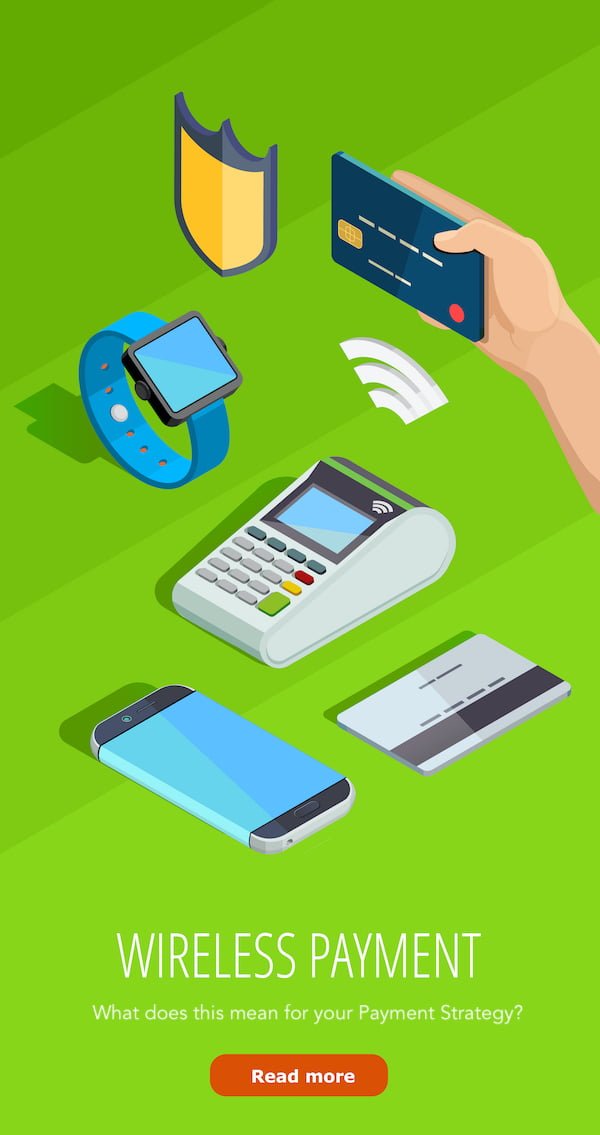
What are the odds that a new, global financial powerhouse will emerge, in the wake of Russia’s ruinous invasion of Ukraine?

Banks, Regulators and Payments Industry participants around the world were taken by surprise when the United States and European nations agreed to impose crippling financial penalties on Russia following its unrelenting and ruinous invasion of Ukraine.
Behind the human tragedy in Ukraine unfolding before the eyes of the world, there is quiet concern in banks and boardrooms, that by going after the financial institutions that underpin the Russian economy, and severing some Russian banks from vital global financial networks, the West is driving Russian companies and individuals towards China and their alternative financial establishment, to pay for imports and receive cash for exports, borrow or invest overseas.
There appears genuine concern that the current wave of sanctions by Western countries could accelerate Russia’s isolation from the worldwide Payments System. This in turn may lead to the formation of a parallel payments system underpinned by Russia and China’s partnership that may pose a direct challenge to the SWIFT payment network, and the hegemonic role the US dollar plays in the global settlement system.
There are fears that this could lead to the emergence of a second, rival payment powerhouse that runs in parallel to the current single global payment messaging system. The first system is the current powerhouse in the form of the U.S Dollar-based, SWIFT settlement system; and the second, a Renminbi/Yuan-based payment and settlement system dominated by China, Russia and their trading partners.
WHITE HOUSE STATEMENT:
First, we commit to ensuring that selected Russian banks are removed from the SWIFT messaging system. This will ensure that these banks are disconnected from the international financial system and harm their ability to operate globally.
Second, we commit to imposing restrictive measures that will prevent the Russian Central Bank from deploying its international reserves in ways that undermine the impact of our sanctions.
Joint Statement on Further Restrictive Economic Measures
FEBRUARY 26, 2022 • STATEMENTS AND RELEASES
A new, global powerhouse?
This could have an enormous impact on an already frail worldwide financial system and global supply chain that is teetering on the edge of crisis.
Crucially, SWIFT is employed by EU member states to pay for Russian gas and oil. These two resources represent the backbone of the Russian economy.
Russian banks could soon be forced to turn to alternatives for electronic payments like cards, phones and messaging apps, provided by banks in countries that haven’t imposed sanctions – and China appears more than ready to step in to fill the gap.
China’s ‘Parallel’ Internet and payments ecosystem boasts giants such as China Union Pay, WePay, Baidu, Alibaba, and Tencent that rival Apple, Amazon, Paypal, ebay and Facebook. The latter have all announced they will cut ties with Russia, following the March invasion.
Don’t hold your breath, say the experts
However compelling the argument appears, that a new parallel financial system could emerge from the ashes of the conflict, the fact is that right now CIPS just doesn’t have the reach, capacity or scale to replace SWIFT as the engine for cross-border payments and settlements any time soon.
China’s Cross-Border Interbank Payment System (CIPS) has just 75 members, compared to 10,000-plus SWIFT members. China UnionPay overtook Visa and Mastercard to became the largest card payment processing organisation in the world (by volume) in 2015, only 0.5 per cent of this payment volume was generated outside of China. Visa and Mastercard combined, still control about 90 per cent of credit and debit payments globally.
While CIPS has some indirect participants in Asia, Europe, Africa, North America, Oceania and South America, China’s homegrown cross-border payments mechanism is not strong enough to enable Russia to sidestep the world’s biggest interbank payment messaging system, analysts claim.
Mark Williams, chief Asia economist at Capital Economics, poured cold water on any speculation that CIPS could provide a practical alternative for Russian banks banned from the established SWIFT set-up in the near future, and said that such speculation is ‘misguided’.
“In practice, CIPS is restricted to payments in Yuan, it’s only currently used for transactions with China,” said Williams. He said, “Banks elsewhere are unlikely to turn to CIPS as a SWIFT workaround while Russia is a global pariah.”
Unlike SWIFT, CIPS is both a payments processor and a messaging service, which means it’s also subject to Western sanctions on transactions involving Russian banks, he said.
Williams added: “While the CIPS payments system doesn’t touch the US industry, payments through it that were deemed to be intended to bypass US sanctions could trigger sanctions for those involved. That effectively limits the employment of CIPS to bilateral transactions between Russia and China.”
Russian banks have also said they will begin using the Chinese UnionPay system, alongside with Russia’s Mir payment network, but it is expected to take a long time to reissue the millions of cards, and will add to the financial turmoil in the country
What is SWIFT?
SWIFT was founded in the 1970s, and is a co-operative of thousands of member institutions that use the service.
The Society for Worldwide Interbank Financial Telecommunication (SWIFT) is a high-security intermediary system that permits banks and institutions round the world to exchange financial transactions – that is ordinary payments – among one another.
Based in Belgium, it makes a modest profit – €36 million ($56 million) in 2020, and is run principally as a service to its members.
Today, SWIFT links over 10,000 financial institutions in additional than 200 counties and territories, making it a vital piece of our globalised, fast-paced economy.
What is CIPS?
The Cross-Border Interbank Payment System (CIPS) is backed by the People’s Bank of China (PBOC), China launched the CIPS in 2015 to internationalise Renminbi/Yuan use.
In 2021, CIPS processed around 80 trillion yuan ($12.68 trillion), with about 1280 financial institutions in 103 countries and regions having connected to the system.
China’s CIPS – Cross-Border Interbank Payment System – has just 75 members, compared with over 10,000 in SWIFT.
As well as 75 direct participants, CIPS says it’s 1,205 indirect participants. of these 934 are in Asia, including 541 in China. There are 159 in Europe, including the commercial and full service bank of China’s Russia branch.
There also are 43 participants in Africa , 29 in North America, 23 in Oceania and 17 in South America.
What is China Union Pay?
China UnionPay (中国银联) provides bank card services and is the major card scheme in mainland China. China UnionPay cards used in 180 countries and regions around the world, and in 2015 China UnionPay overtook Visa and Mastercard in total value of payments made by customers and became the largest card payment processing organisation in the world (only 0.5% of this payment volume was outside of China)
Quotes attributed to Mark Williams from the article linked the story. Thanks to Wikipedia for definitions and credit to Felipe Dana/AP





